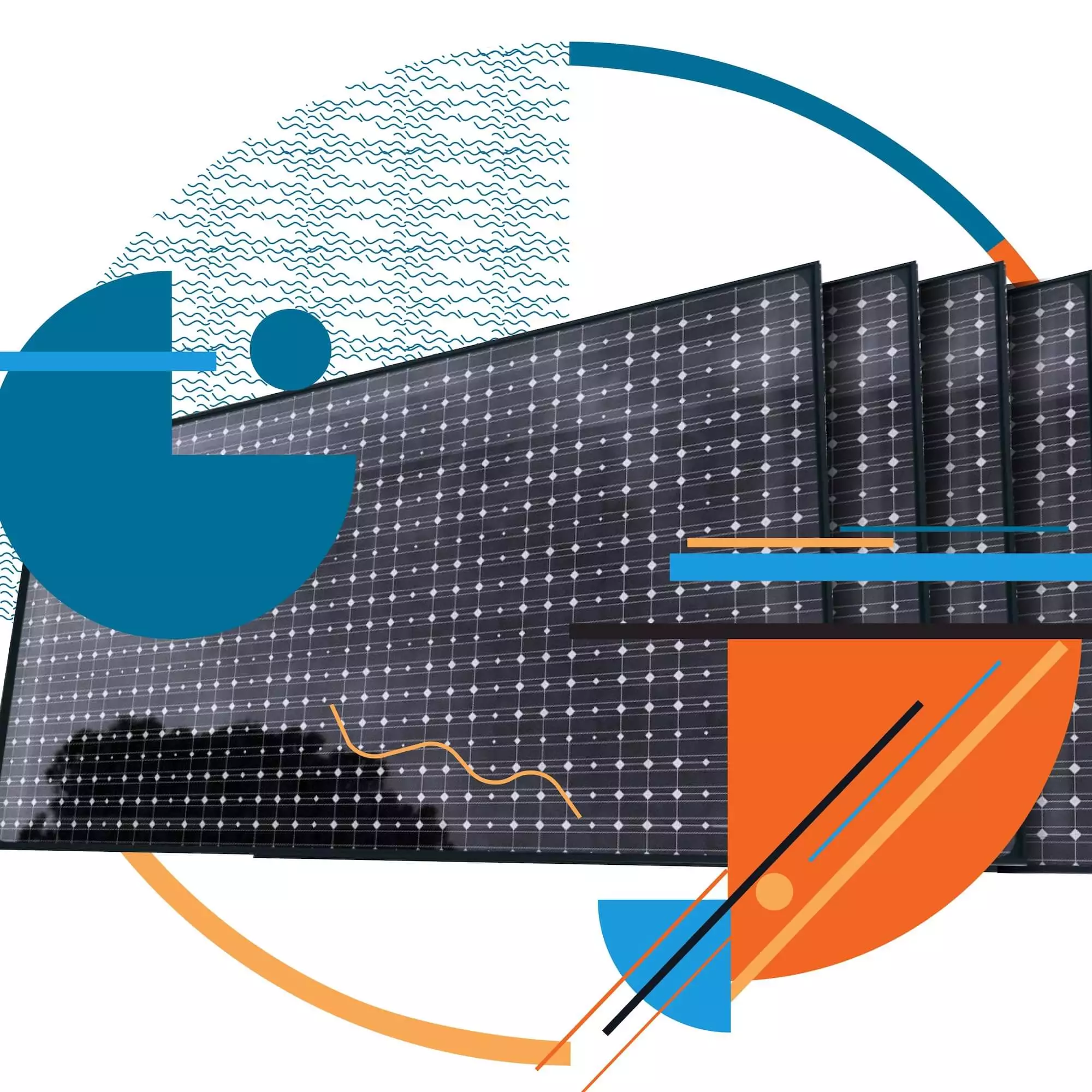
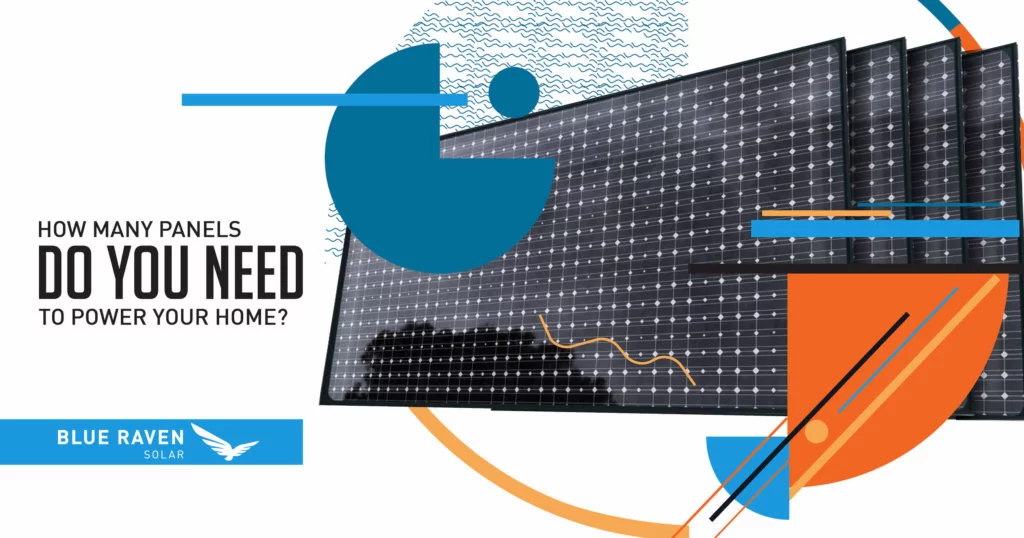
You have decided for you and your home, solar energy is the way to go. You are about to begin saving money on your utilities by doing one of the easiest processes—generating your own solar energy.
We are excited to be a part of your journey to clean energy and powering your life on sunlight. You are joining the movement! More and more people are seeing solar as the future of energy and that we can achieve more with renewable energy.
When going solar, we understand if you have many questions. Blue Raven Solar is here to help answer them in the best and most accurate way we can. Maybe you want to know how solar will increase your property value how the weather affects panel efficiency, or maybe, you would like to know about how many panels you will need to offset 100% of your utility bill? The last question we get often and answer differently almost every single time. Each home and family are different; therefore, it is important for us to know a few qualifiers before we can give you an accurate answer.
The exact number of solar panels needed to power your home will largely depend on four key factors:
- Average energy usage
- Peak sunlight hours in your area
- Power output and efficiency of your solar panels
- Structural characteristics of your roof
The most accurate estimate will come from a professional solar installer who can evaluate all pertinent information, calculate the optimal number of solar panels needed, and recommend an appropriate solar energy system to fulfill your needs. This is usually done with satellite technology and designers’ expertise — giving you the most accurate proposal. However, you can conduct your own estimation and understanding.
We will consider the details of each of the four factors and tell you how to calculate your own estimation to determine how many solar panels you will need.
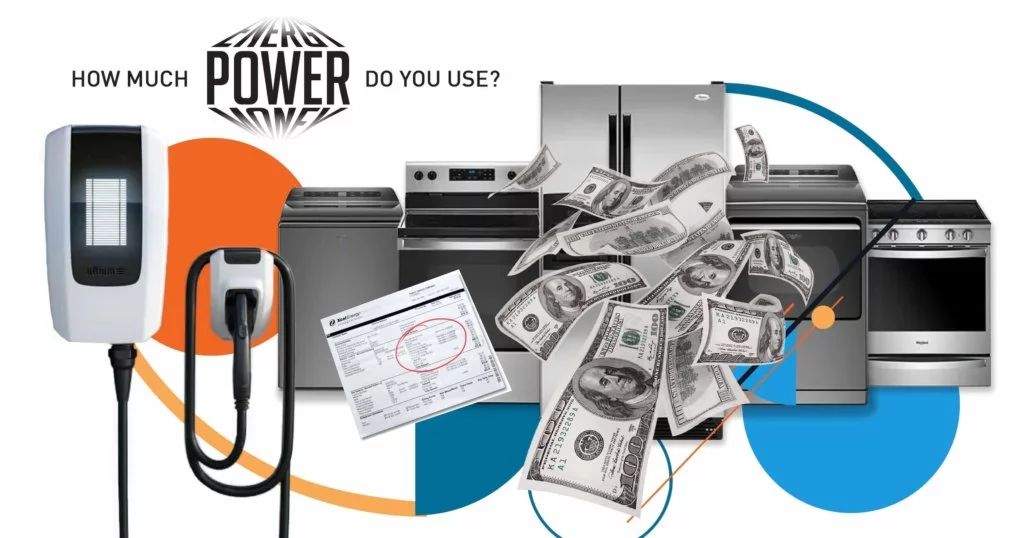
1. Average Energy Consumption
Start by referring to your previous utility bills to identify specific information about your average electricity usage. Your usage may be shown in the form of kilowatt hours (kWh) used over a given period (such as 30 days) or calculated based on the beginning and ending meter readings taken each month. Whatever the number, your total monthly usage can be divided out to tally average daily and hourly energy requirements. The higher your kWh usage, the higher number of panels you will likely need to offset your utility bills by 100%.
When you contact a Blue Raven Solar representative, they will ask you a few questions and then request a copy of a couple of recent utility bills. They need projections to continue the process of building out your proposal and setting you up with the most efficient system. We will explain how in further detail shortly.
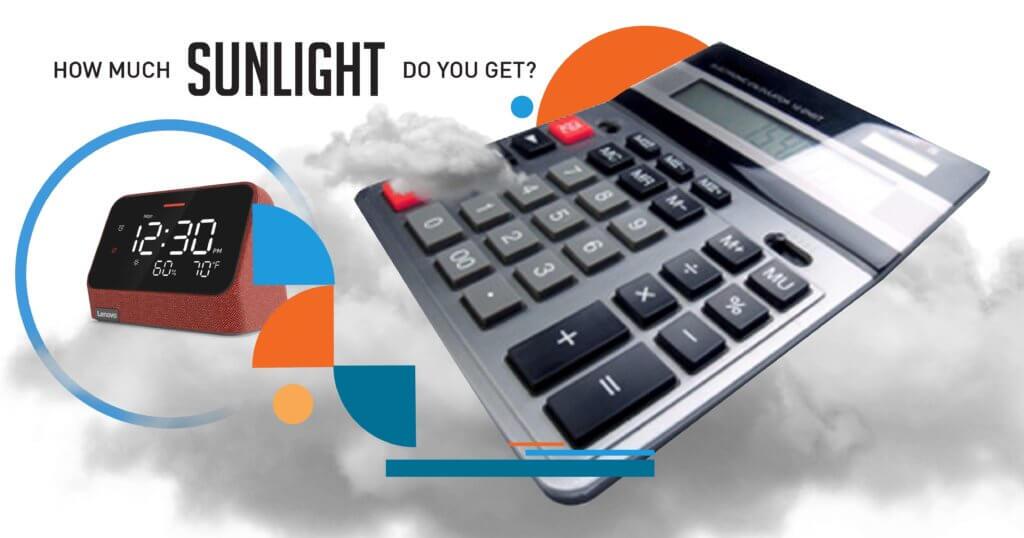
2. Climate & Hours of Sunlight in Your Area
The number of peak hours of sunlight within your location will impact the amount of energy you can expect a rooftop solar-electric generator to produce. Which in return, will impact the number of solar panels it will take to produce your daily and monthly average demand.
For instance, a home located in a mostly sunny area will generally need fewer solar panels than a home located in a predominantly cloudy or rainy area. If the panels have more access to sunlight throughout the day, your system needs less surface area to produce the same amount of energy as a home with more shade, and therefore, more panels.
Using satellite technology, our solar experts will use the numbers stated on your utility bills and your average sunlight hours to determine details of your array design, layout, and cost.
If you want to get an idea of the numbers the representative will present, you can use what you have collected and determine from the first two factors. With 24 hours a day, and a 30-day report, that is 720 hours. You would then divide your kWh by those hours. For example, 1,500 kWh / 720 hours = about 2.1 kWh per hour.
- Calculate the average hourly energy demand by dividing your kWh usage by the number of hours in the period. It is best to use an average of your last few utility bills. With 24 hours a day, and a 30-day report, that is 720 hours. You would then divide your kWh by those hours. For example, 1,500 kWh / 720 hours = about 2.1 kWh per hour.
- Add a 25 percent cushion to allow for weather variances like cloudy days and snow coverage, both of which can affect the amount of sunlight hitting your solar panels. With 2.1 kWh per hour, your 25% cushion would be adding .53, putting you at 2.63kWh per hour.
- Multiply the last number by 1,000 to get the average hourly wattage requirement. 1.75kWh x 1000 = 2,630 watts.
- Divide by the number of daily peak sunlight hours on your roof. To do this, you can use free, official resources like Google’s Project Sunroof, which provides average sunlight information for each state and major cities in the US. Through Project Sunroof or other similar software, you can enter your address and divide the yearly sunlight hours by 365. For example, at our corporate office in Orem, Utah, our sunlight exposure is about 1,700 hours per year, or 4.7 hours per day. Using the hypothetical 1,750 watts per hour, we calculate 2,630 watts / 4.7 hours = 559.6 watts.
Using these equations, we find that we would need a rooftop solar system to produce 559.6 watts each hour on average to cover the current electricity costs. Remember, most panels produce between 250 and 400 watts per hour according to EnergySage. It is such a wide range because there are a few factors affecting energy efficiency, and we will discuss those specific factors next.
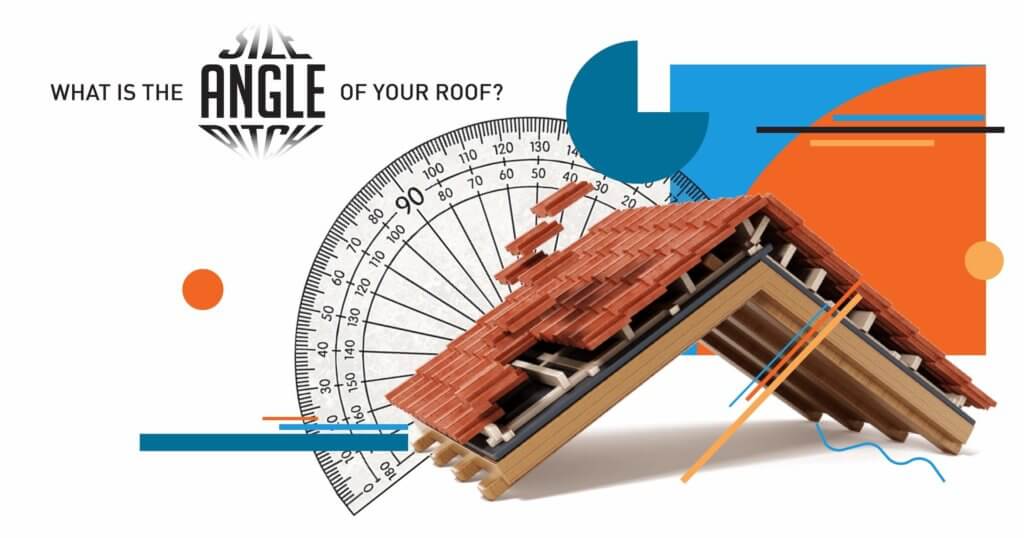
3. Solar Panel Efficiency
Knowing the solar technology available and the necessary steps to take to have the most efficient system is a great start in continuing the process. The productivity of a solar panel can vary based on technology, design, size, and position on a roof.
In the northern hemisphere, optimal solar panel positioning is south-facing, tilted at a 45-degree angle, and out from under any shading. Opting for higher-efficiency panels will yield more output (wattage) with fewer panels. There are reasons this might not be the most valuable option, though.
Blue Raven Solar uses the most advanced technology available. Our panels are monocrystalline silicon panels, which is the most efficient and practical choice for most homeowners. Learn more about panel types and why we chose monocrystalline panels.

4. Roof Characteristics
A professional solar panel installer can assess the architecture of your roof, including its angle relative to the sun. This information is necessary to determine the best arrangement and the ideal number of panels to reliably match your daily energy demand.
Using satellite technology and an in-house team of site surveyors, we will come to your home and take pictures of your roof and the general structure of your home. From there, we determine if your home’s usable roof area is limited or partially shaded because it may be necessary to install several small panels rather than a few large ones to create optimum efficiency.
When working with a company like Blue Raven Solar, you can have peace of mind about this process because your system design will be the most efficient and cost-effective for you. We are experts in our field, and we know you are putting your trust in us for one of the largest purchases you will make.
Understanding Your Options
As you continue to learn about the advantages of solar energy, remember the number of solar panels you will need is one aspect. You will want to give some thought to your solar panel options and preferences, including those related to technology, appearance, warranty, and cost. Most importantly, you will want to work with an experienced solar installer to help you navigate the process and provide a high-quality installation.
At Blue Raven Solar, we are proud to use monocrystalline, tier-1, black solar panels in all installations. Our installations yield top performance, premium looks, and come with a 25-year manufacturer’s warranty on equipment, along with other warranties. We often go into the design process with the intention of offsetting 100% of a home’s utility bill, but we also seek customer input throughout.
We also offer our customers a two-year production guarantee.
Here is How it Works: We check in with our customers and audit the production of their solar array after one year, and then again after two years post-installation. If any of the solar energy systems installed by us are found to produce less than the original estimates, we update them by adding more panels, completely free of charge! To learn more about this policy and its process, you can find information here.
The Blue Raven Solar Promise
Blue Raven Solar was founded on the mission to make homeowners’ lives better. Everything we do in our daily operations is to achieve that goal in any way we can. Our standard of trust, efficiency, and improvement are always at the front of our processes, and we believe these values set us apart from other solar companies.
We are lucky to work with so many people in communities across the US. We want to make the world a better place and help homeowners save money through solar energy.
You can join the future of energy today. Request a free quote and make the switch to renewable energy sources.



Sorry, the comment form is closed at this time.